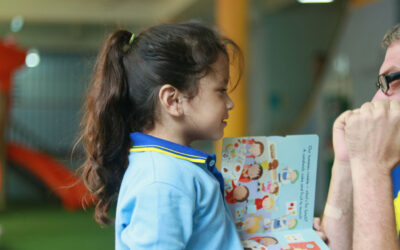Regulating emotions can be difficult for any child, those with more of a natural inclination to anger can have an especially difficult time. It is our job as parents to find ways to not only help them calm down when becoming upset but to help them learn to calm down anywhere and in any given situation.
Let’s face it, a large part of parenting is preparing our kids to be on their own in school for the majority of the day.
Tips for Helping an Angry Child
Here are my tips for calming an angry child, followed by some ways you can help your kids calm themselves down ANYWHERE. These tactics will give them not only the skills but also the confidence, to navigate their anger on their own.
1. BE SYMPATHETIC.
What seems unimportant for you might be hugely important for them. When your toddler cries because she wanted blue socks and you gave her red, we think to ourselves, “what’s the big deal?”.
It is important to always validate their emotions, not negate them. If they find value and importance in something, it won’t do any good to tell them that their understanding of importance is incorrect.
2. GIVE SPACE, BUT DON’T ISOLATE.
Children with an inclination toward anger will sometimes have an inclination toward physical aggression. Providing outlets for this such as punching a pillow or squeezing a blanket can help relieve this tension.
A calm-down corner provides an appropriate outlet for this aggression. Your child might not like to feel isolated from the family or from you when upset, but a bit of space can be a good thing.
3. REMIND THEM THAT ANGER IS OK.
Emotions are a normal part of our development, and we experience a range of them every day. It is perfectly fine to get mad, to become angry. Any consequences that you provide for your child while they are upset should always be for behaviors, not for the emotion.
4. DON’T OVER-REACT.
Model a calm voice and a calm demeanor. (Yes, easier said than done.) The calmer you are, the better chance you have of your child calming down. Conversely, any yelling or aggression will most likely be matched by your child.
5. LISTEN WITH EYE CONTACT.
Children need to feel heard, especially when upset. Eye contact dramatically helps them feel that way. Allowing them to talk about how they are feeling will help make leaps and bounds toward calming down.








